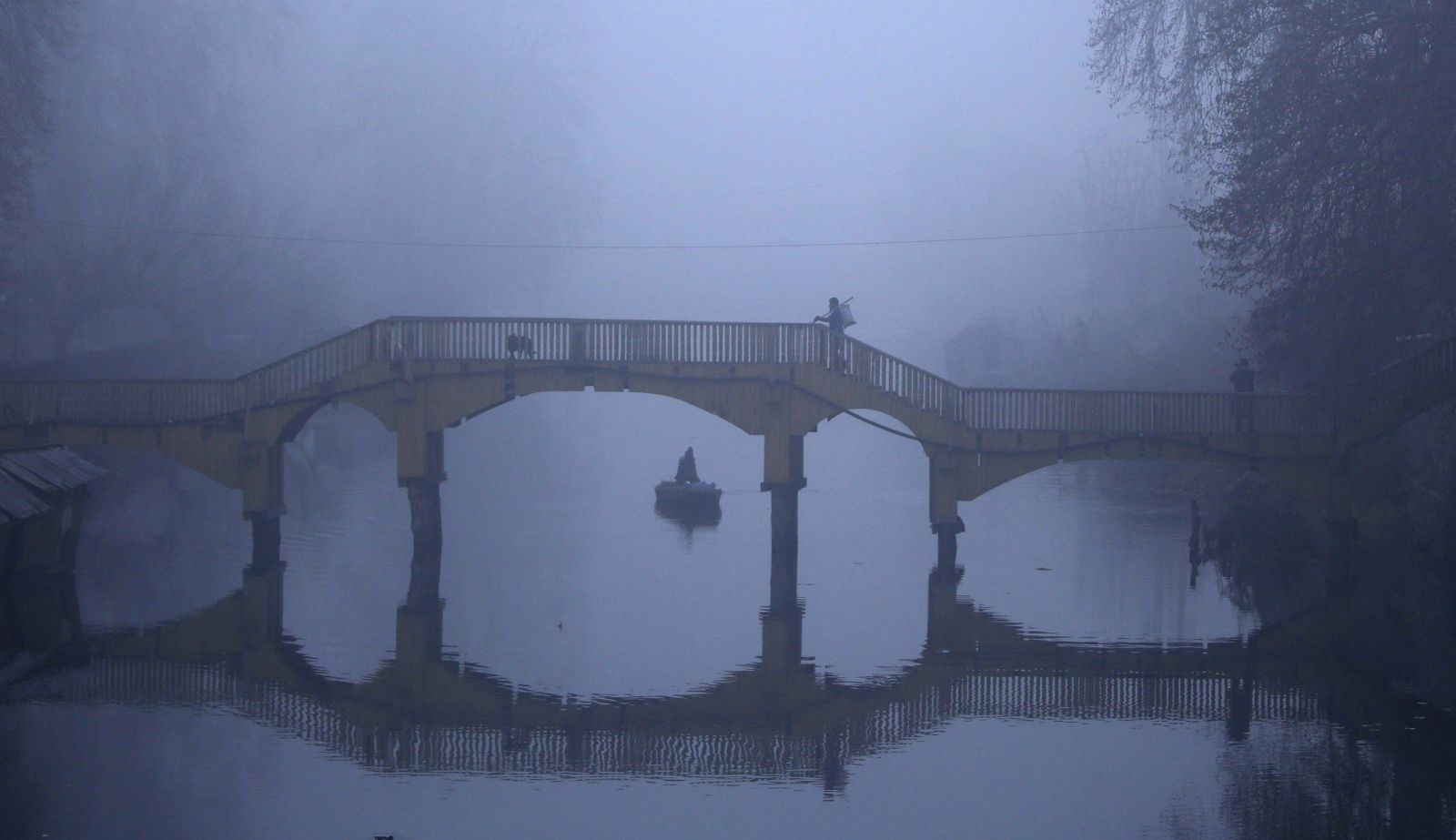By: Sadaket Malik
Education is a key of development, empowering young and shaping futures. Yet, for the remote and underdeveloped Bhalesa Subdivision in Doda district, Jammu & Kashmir, quality education remains a distant dream. Despite numerous promises by political leaders over the years, the demand for a Kendriya Vidyalaya (KV) in Bhalesa continues to go unanswered.
The recent approval of 85 new Kendriya Vidyalayas across India, including 13 in Jammu & Kashmir, highlights the government’s commitment to expanding access to quality education. These institutions are designed to cater to the educational needs of children, particularly those of transferable central government employees and paramilitary personnel. Districts like Ramban, Kathua, Reasi, Pulwama, Kupwara, and Poonch have been prioritized under this scheme. However, Doda district, home to many educationally backward areas like Bhalesa, has been conspicuously overlooked.
Bhalesa is one of the most remote and underdeveloped regions of Doda. Its geographical isolation, coupled with inadequate infrastructure, has long hindered educational progress. Children from Bhalesa and surrounding areas, including Chilly Pingal, Bunjwah, Thathri, and Kahara, often travel long distances to access quality education. This not only consumes their valuable time but also negatively impacts their academic performance.
The absence of a Kendriya Vidyalaya exacerbates these challenges. While other regions benefit from the advanced facilities and resources provided by KVs, the children of Bhalesa are left behind, struggling with limited opportunities.
Doda’s literacy rate stands at 65.97%, significantly lower than the state average of 68.74% and the national average of 74.04%. Despite the presence of 1,133 government schools and 271 private schools in the district, the quality of education remains a concern. A Kendriya Vidyalaya in Bhalesa could bridge this gap, providing access to world-class educational resources and uplifting the region’s educational standards.
For over 15 years, political leaders have promised the establishment of a KV in Bhalesa. Yet, these promises have not translated into action. The recent allocation of KVs to districts like Ramban and Pulwama further highlights the neglect faced by Doda, which remains excluded from such initiatives.
This neglect raises critical questions: Why is Bhalesa repeatedly ignored? Why are its children deprived of the right to quality education? And when will political promises be backed by concrete action?
The people of Bhalesa have consistently advocated for a Kendriya Vidyalaya in their region. They argue that their children’s educational needs are as important as those of other districts. Establishing a KV in Bhalesa would not only provide quality education but also open new avenues for socio-economic development.
Education is a fundamental right, and the children of Bhalesa must not be deprived of it. The state government’s approval is crucial for the establishment of a Kendriya Vidyalaya in the region. Concrete steps must be taken to ensure that this long-standing demand is met.
The government must recognize the urgent need for educational infrastructure in Bhalesa and prioritize the region in its developmental plans. Establishing a Kendriya Vidyalaya here would be a significant step toward addressing educational disparities and ensuring that no child is left behind.
The time for hollow promises is over. The people of Bhalesa deserve action, not just words. Establishing such school in Bhalessa is not just an educational necessity but a matter of justice. It is a step that will not only transform the lives of countless children but also pave the way for a brighter future for the entire region.
It is high time for the authorities to rise to the occasion, fulfill their commitments, and make quality education accessible to the children of Bhalessa. Only then can we claim to be truly committed to educational equity and progress.




